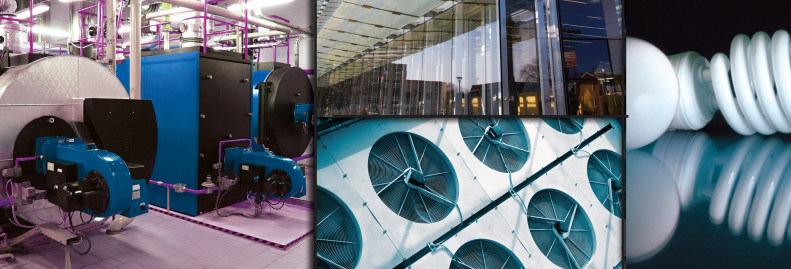Despite the multiple benefits of energy efficiency, including those for end users, the environment, and the economy in general, energy efficiency in Latin America and the Caribbean has not taken off as could be expected. There are a still number of barriers to the adoption of energy efficiency measures that need to be overcome (e.g., regulatory, informational, institutional, technical, and financial), and their relative importance varies from one market segment to another as do the ways in which they influence consumer decisions. The main barriers from the perspective of different market agents are summarized below:
Regulatory and Policy Barriers
- Some countries still lack enabling energy efficiency policies and regulations.
- Shortfall in the standardization and labeling of high efficiency electrical equipment.
- Most countries in the region lack criteria for energy efficiency in building regulations.
- Enforcing existing regulations remains a challenge.
Informational Barriers
- Low level of awareness among the population in general about the benefits of energy efficiency.
- There is a lack of awareness among managers of industrial and commercial facilities about energy efficiency opportunities and benefits.
- In the industrial sector, technical professionals understand and are willing to implement energy efficiency projects. However, they face difficulties when they try to “sell” these projects to upper level management.
- Awareness of energy efficiency opportunities in the commercial sector is lower than the awareness in the industrial sector. Big commercial property developments (e.g. shopping malls) fraction some expenses (lighting) making a global action more difficult.
- Some financial agents also lack awareness on energy efficiency and need people on their teams with an understanding of energy efficiency projects.
Institutional, implementation and cultural Barriers
- Some countries lack dedicated agencies to promote energy efficiency at national and sub-national levels.
- Too often there are no energy management practices in place and no accountability for the energy cost paid (which is treated as a “fixed cost”).
- Availability of staff dedicated to energy efficiency is low, and managers are often unable to identify or implement EE projects because they lack time.
- Lack of confidence in obtaining energy savings resulting from energy efficiency projects.
- In industry, energy efficiency projects can be perceived as too risky, especially when they could have an impact on productivity and thus income.
- Some industrial processes are confidential. The involvement of an outside engineering firm within the framework of an energy efficiency project would thus be more difficult.
- Those who implement energy efficiency measures are not always the ones who benefit from the savings (e.g. landlord / tenant).
Market Barriers
- Unfavorable regulatory frameworks for energy efficiency measures, especially in the public sector where procurement rules are guided by the lowest price and not the best cost/benefit ratio.
- High cost of imported energy technologies.
- Energy tariffs that do not reflect the actual cost in some countries (often due to subsidies).
- Lowest cost is usually the investment criterion when purchasing equipment rather than life-cycle cost.
- Investment priorities in industry are usually linked to increasing production capacity and market share. Energy efficiency projects compete with these projects and have a more difficult stance as they aim to reduce costs rather than increase sales.
Technical Barriers
- The end user lacks the knowledge and capacity to identify, develop, and implement energy efficiency projects.
- Even when technological barriers to implementing energy efficiency projects are low, the perception of risk is often much higher among consumers and financial agents due to the specialized nature of the engineering and the fear of disruptions to normal operations during the retrofit project.
- In most of the Latin American and Caribbean market, there are few energy efficiency service providers with the necessary experience and ability to develop and implement energy efficiency projects.
Financial Barriers
- Low creditworthiness of many energy end-users to receive direct loans and frequent reluctance of many consumers to take on debt for this kind of project.
- Local financial institutions have difficulties assessing the technical and economic soundness of energy efficiency projects.
- Difficulties with guarantees, especially for the “soft cost” component of energy efficiency project investment, where engineering, management, and costs are high.
- Lack of performance contracting for energy efficiency projects.
- Lack of adapted and attractive financing.
Limited access to commercial financing has long been recognized by experts to be one of the major barriers to implementing energy efficiency projects. Competing for financing with other core business investment projects, energy efficiency projects often rank low on the priority lists of high level private sector managers or investors.
One common barrier in the utility sector is the perception that energy efficiency actions will reduce the company’s revenue. While true in some cases, energy efficiency programs can help electricity companies better manage peak demand and also defer the need for investing in new power infrastructure, and thus can be very profitable for electricity companies.
The IDB is available to help countries develop programs, dissemination schemes, financing mechanisms, policy and regulatory frameworks, and institutional arrangements to remove the main barriers and promote greater EE in the region.



Leave a Reply